
SHAME is not your enemy. SHAME aids survival, incentivizing you to blend in, thereby concealing yourself from predators and avoiding conflict with peers, while pride aids reproduction, motivating you to stand out, thereby attracting mates. Evolution did not design you to be happy, only to behave in ways which benefit your genes, in this case by disguising socially undesirable traits. SHAME is like a mother who restricts her child’s freedom in order to keep him safe. Ideally, her admonitions foster social integration, but sometimes they backfire. Sometimes her children rebel.
—- SHAME prevents social injury. Socialized people suppress their impermissible desires and cover the occasional aberration with hypocrisy and self-deception. The characters in this book, however, try to eradicate SHAME, by finding masochistic enjoyment in it or by transgressing so often, or getting so high, that they become numb to it. When SHAME no longer serves as a deterrent, when man seeks harmony with himself by battling his group, he trades his sense of belonging, with its accompanying inhibitions, for freedom with accompanying alienation. He makes himself an outcast, a criminal, a kamikaze for inner peace.
Following in the tradition of prison writers like Jean Genet, Jack Henry Abbott and de Sade, Wolfe Margolies’s SHAME is one of the decade’s most urgent and disturbing debut novels.
I love Wolfe Margolies’s writing. The vehemence, roughshod poetry, and its sense of having needed to exist recalls French literary scourges like Guyotat, Celine and Genet. At the same time his writing has an impassioned “anyone could do this” clarity and a beseeching tenderness that’s distinctly American and totally his. SHAME is a novel that could inspire readers to be writers and writers to be great writers.
—Dennis CooperSHAME is truly fantastic. A philosophical purging of a young pervert’s darkest obsessions.
—Lydia Lunch
Foreword by Lydia Lunch
Illustrated by Karolina Urbaniak & Wolfe Margolies
With an interview by Martin Bladh
Softbound with flaps, 194 pages, 148 x210mm
Order here: https://www.infinitylandpress.com/shame







***
EXTRACTS
The voyeur smoked a cigarette in a philosophical pose, contemplating, his hand wet with sperm. He thought himself blessed to have such a gorgeous, indulgent girlfriend. He had never felt so loved and accepted as he did in this moment. Being ignored and cheated on, he finally felt understood. In a world that placed him on a pedestal and praised his intellect, making him feel superior to everyone and thus truly alone, only this promiscuous fourteen-year-old could see that, in his own way, he was completely inadequate just like everyone else. Only she knew him for what he really was—a bitch, a sissy, a woman masquerading as a man—and loved him anyway, maybe even loved him for it. It was a shame, he thought, that she would one day grow to hate him. They all do once they reach a certain age.
—-The teenage girl enacted this ritual, not out of an a priori proclivity towards miscegenation, polyandry or phallic snobbery, but because she had been trained through conditional reflexes by her boyfriend who, nevertheless, interpreted this stimulus-response relationship as a relationship of meaning. Roleplay is, at best, a close approximation of fantasy, but the nymphette performed with such verisimilitude and ardor that her votary suspended disbelief and lost himself in her illusion. The heartless slut he longed to worship was a fiction, his ersatz adulteress the next best thing.
—-The glutted girl shifted her body so her legs lay off the bed. She propped herself on her elbow and blew the black, him kneeling by her face on the mattress. The boyfriend crawled along the floor towards her capacious, fecundated cunt, then tongue-fucked it, lapping their alchemical slurry like a faun at a salt lick. It was light, yet opulent.
—-Creampie is an acquired taste. To many, even the idea of ingesting it is nauseating. But the cognoscente had a most sophisticated palate. He was not a faggot, as some might think. He was actually quite normal and cool. Technically he was eating pussy—what’s gay about that? But secretly, he did wish he was a girl. He wanted to be the one on the bed getting blacked. It was his dream. But that would be way too scary. He couldn’t even fuck girls without crying. How could he take it up the ass? He was far too traumatized—or, sorry, too intellectual— to have sex. He could only enjoy it vicariously through observing his beloved. He envied her body and her youth, her pussy and her ability to fornicate casually. So he consumed the conception, taking in a part of her, a part of normal sex, convinced its transubstantiation could heal him.
—-The cuck came on the comforter and the girl came in his mouth as the black came in hers like a human centipede. She kissed her boyfriend and spat black seed down his throat like a momma bird.

***
The harlot lay naked on the bed. Her legs were spread, knees raised. She texted someone, another client, the gangster presumed. Noticing him, she put her phone in her purse, careful not to expose the money inside. He sat between her legs and removed his sweats. Her cunt was red as an ape in estrus and had a distinct chemical odor that brought to mind the Love Canal, scented baby wipes covering the offal of a hard day’s work. With all the bodies that buried inside her, she was like a graveyard. He bowed his head and slithered his tongue against her slack, lubricious slit. She pulled the stubbled brown flesh above it to expose her clit as she moaned invectives. Her acrylic nails pressed against his tingling upper lip. Her fingertip tasted of nicotine. He disinterred her spoils, consuming the fruits of her labor, relishing the tang of her seasoned cunt. His nose burned with rage. He questioned himself. Why was he doing this if he was the one paying? She did not merit it. It was an insult to him. A wave emanated from within him, pushing the soul out of his body, out of this world. It was so unfair, so unjust, so wrong, yet he continued, too enthralled to stand up for himself. His degradation felt simultaneously sacrilegious and sacred. He understood, for the first time, why Jesus preached service to others as a means of salvation. Giving pleasure to this undeserving whore was an act of penance which brought him, like Hosea, closer to God. A virtuous meekness collided with his conceit. The act lowered him, making him aware of what was above and beyond. He annihilated his ego through self-abnegation like the Buddha. His perception of social hierarchy distorted, inverted and collapsed on itself. He felt superior to the whore but behaved as her inferior, this reorientation causing him to simultaneously relax and panic, alternating between obedience and rebellion, relinquishing his power while clinging to it. A civil war raged in his head and his rapid pulse pumped reinforcements to both sides of his ambivalence, his rational self-interest and his trans-rational penis. These opposing frequencies bounced against each other, the tension resonating his body to a tremor like a Tibetan bowl and shattering his mind into a state of higher consciousness where conjoined opposites formed a transcendent wholeness.
—-The whore squirted, splashing his chin and the collar of his $1,500 t-shirt. Then he mounted her. His Cuban link chain thumped his sinewy chest as his pelvis smacked hers. His dick sloshed through the refuse liquid of her sewer, a gene pool of her customer base. He eyed the duffel bag and wondered how much was missing. He wanted to be ruined, to go bankrupt, to be thrust back into the poverty he’d worked so hard and risked so much to escape. He’d done years in prison, been shot in the leg, all in pursuit of the wealth she was just going to steal from him and helplessly, he was letting her do it. I’m a sucker, he thought. Truly pathetic. She has no respect for me. He imagined her mischievous smile as she reached into his bag like a naughty child sneaking a cookie. And she didn’t care that it was his, that she didn’t earn it and he did, that she had no right to it. She didn’t care how much it would hurt him or violate his sense of security. All she cared about was herself. She was shameless, perfect. He was awe-struck.

***
This was the first time Oscar had entered the second-floor bathroom since first grade began. He was tense, but felt reassured by the knowledge that Colton would be there, Colton who had protected him earlier. This did not completely quell his agitation, but he did not want to seem like a sissy in front of his new friend, so he put on a brave face and stepped into the fetid hangout. A fluorescent bulb flickered, giving the chamber an ominous glow. “Oscar,” Colton whispered, “over here.” He motioned him into a stall.
—-Oscar passed behind competitive boys who displayed their virility for valuation by a panel of judges. The exhibitionists were so intoxicated by adrenaline and self-consciousness, and the girls so entranced by the forbidden knowledge of reproductive biology, that no one noticed the nervous blond slipping into a stall with another kid. Colton placed a finger over his mouth, indicating the need for reticence, then lowered the child’s shorts. He bent at the waist and puckered his lips around the boy’s pre-pubertal organ. Oscar laughed. Why was Colton acting so silly? This sure was a weird game. Did he want him to pee? That’d be funny if he peed. It did feel kinda good though. It was tickly, made Oscar twitch and giggle. Colton swirled his tongue around the head, teased and fondled the frenulum, cupped the balls. It was an artful blowjob. He was well-trained.
—-“Your turn,” Colton whispered, erecting his spine. He was quite a bit taller than Oscar. He lowered his OshKosh jeans. Oscar wasn’t sure he still wanted to play. This seemed like something he could get in trouble for. He didn’t understand the point of the game. It wasn’t fun. It just felt creepy and wrong. But he wanted Colton to like him. He’d never really had a friend before. He didn’t want to seem like a scaredy cat. And having his thing in the boy’s mouth had felt nice, at least sensually, even if it was sort of awkward and indecorous. So, Oscar reluctantly squatted down. The floor of the bathroom was filthy. Dried piss coated the tiles and toilet seat. A vile smell hung in the air.
—-Colton had a foreskin, an outy belly button and soft, brown flesh. His cock was bigger than Oscar’s, about four inches total. One of his testicles hung lower than the other, though neither had fully dropped. His pubic area was smooth and lustrous. His shaft cast curved shadows against his upper thigh, which transfigured in the flickering light. He ran his fingers through Oscar’s bowl cut, pulling the child’s head towards his corruption. Oscar gulped, clenched his fists and opened his mouth. His heart pounded. Colton’s meat tasted salty, like sweat and piss, how Oscar imagined the bathroom floor would taste. He cringed and gagged, tolerating the flavor for as long as he felt obligated, then ejected the unsavory intruder. “I don’t wanna play anymore,” he whined. “It tastes yucky. Can we play something else?”
—-“You have to,” Colton whispered through gritted teeth. “If you don’t I won’t be your friend anymore and I’ll tell the whole class not to be your friend either.”
—-“No. Please. I don’t like this game. It’s gross.” He tried to leave but Colton blocked the door.
—-Oscar began to shake. Colton pried his mouth open and wormed his way inside, slipping and sliding against the expectorating interior of the child’s rosy cheeks. “Just a few more minutes,” Colton reassured him. “Just a few more minutes, then we can do something else.”
—-Penile stimulation has the power to turn any man sinister, a lesson Colton learned months prior, which he now imparted on his naïve target. First, he introduced Oscar to a physiological response and Oscar was unmoved, since pleasure itself is insipid. Now Colton taught his victim that the true significance of sexuality lies not in a somatic sensation, but in man’s capacity to harm others in pursuit of it. It makes it all the more erotic, all the more evil, that sex itself barely feels like anything, that people eagerly sacrifice one another for such a minor, fleeting rush of endorphins, for such a weak provocation of nerve endings. Humans were not adapted towards altruism, but rather to maintain a façade of benevolence in service to their own interests. It is only behind closed doors, in bedrooms, hotel rooms, in bathroom stalls, that man’s true nature is revealed. Oscar experienced an intimacy few have the privilege of suffering. He witnessed the revelation of Colton’s soul, of man’s driving force: his ruthless selfishness. He peered at the monster behind the mask as it fucked his face. Like the girls outside the stall who were, for the first time, perceiving the obscure sexual mechanisms concealed within man’s underwear, Oscar now saw the celestial phallus camouflaged by man’s persona. Once infected with this knowledge, it would guide him through life like a parasite. He would forever be a carrier.

***
Erasmus lived in a cramped two-bedroom apartment he shared with a roommate. Upon entry, he and Nefaria headed to the bathroom. She sat in the shower and took the hamster out of the box. Erasmus sighed, then sat on the toilet. “I love you, my MacDonald Triad mami,” he said.
—-“I love you too, pussy. You ready?”
—-“No.” He blanched. He couldn’t believe this was real.
—-“Well, get ready.” She pitched the hamster into the wall. It fell to the floor, somersaulted, then foolishly returned to her. She picked it up and squeezed, hard. Letting out a sinister laugh, she tossed it again. Erasmus wasn’t sure if it was sympathy or jealousy, but he did not like seeing the animal in pain. He did, however, like seeing how excited it made his mistress when the rodent began to bleed. She compressed the creature in her hand until the small wound near its ear leaked like she was juicing an orange. This savage act brought out the lustrous crazy in her hazel eyes. Erasmus swooned and tugged his dick, imagining he was the hamster, prey to some flagitious giant’s whim. When Nefaria noticed his exposed cock, she scolded him and ordered him to stop. He would be punished later for his impropriety.
—-The animal limped fruitlessly up the insurmountable side of the tub. It emitted an unsettling noise and she held it up for Erasmus to hear. This nauseated him. She tightened her grip, then gleefully catapulted it into the wall. Her unbridled pleasure raised a paean in her acolyte’s pants.
—-By repudiating domestic and maternal ideals, the femme fatale struck a redoubtable yet erotic fascination in her male observer. Man senses the presence of the divine in nature, not just in the tranquility of the woodlands, but in predation, in woman red in tooth and claw. Though the Bible depicts God as cruel and women as passive, in life, women are cruel and God so passive he may not even exist. Nefaria embodied the Mexican Mother Nature, Santa Muerte, who crafted Earth’s species through death and extinction.
—-When she chucked the hamster again, it stopped moving. It had lost the struggle for existence. Its differentiated life force returned to the all. Its sanguinary shell lay hauntingly still against the porcelain, a reminder to the viewers of their own temporality. They stood face to face with the abysmal nothingness awaiting them. Nefaria cheered and giggled. She placed its corpse back in the box and ran the shower to clean up the blood. Erasmus, full of passion, grabbed her face and kissed her. She kissed back, coldly, then quickly pulled away. This hurt his feelings. He needed aftercare. Witnessing the animal sacrifice had been emotionally taxing and now he did want Nefaria to show him affection, but to nurture was not in her nature.
—-“We’re gonna go out,” she commanded, “and find a cat.”
—-“But I like cats. Can’t you just kill a homeless guy?”
—-“Later. Now I want a cat. They scream more. It’s fun.”
—-Her myrmidon sighed and reluctantly followed. What had moments before felt exciting and romantic now just seemed grim. He wanted out but was in over his head. Nefaria may have weighed ninety-five pounds, but she intimidated him. He was powerless to say no. She was too hot, too indurate, too crazy. He had no choice but to submit to her demands like an obedient henchman. Erasmus liked the idea of evil, the philosophy of transgression, but he was really an armchair subversive. His domme, on the other hand, was a full-fledged villain, the Eric to his Dylan.

***
On the train to Washington Heights, Misha talked about rape. Rape was perhaps the only honest action left. It was the one time man did not pretend to care about others. It was a refusal to play society’s game. At the root of moral posturing was a struggle for dominance, which ultimately was a battle for pussy. If everyone raped, if everyone stole, if no one cooperated with each other, there would be no need for morals, and thus no need for hypocrisy. Within enough generations, the genes would change. If Misha were a different species, his access to mates would be determined by tail length, antler size, not cunning, not ability to appear “woke.” It was ironic that it was precisely man’s social nature that led to his alienation. Intimacy, honest self-awareness and expression served little adaptive function. Communication was merely a process of manipulating others’ behavior. It was all about deception and power. Competition for mates isolates man, pits him against his brothers. He hopes, at least, that in romantic love he can be himself, let his guard down and connect to another person, but this is false hope. Love is another deception, an unattainable fantasy. Love assumes that people are capable of putting others before themselves—and that such a thing is desirable. Rape shatters that illusion. The sensation man chases lasts under a minute. Then suffering returns … Yet maybe this turmoil, this sense of incompleteness and longing for intimacy in the absence of a partner, is adaptive because at least it motivates men to have sex and this thought comforted Misha a little, because despite his faults, he was horny a lot and did mostly like girls, so maybe his genes weren’t that messed up after all, despite the pain they caused him. Maybe one day he could impregnate enough bitches to usher in a new generation of amoral humans; but then, he thought, maybe his stubborn integrity was itself moralistic and a truly amoral person would simply lie with abandon rather than insist on posting about rape all day on social media, then get butthurt when someone unfollows him. Maybe Misha actually was virtuous and his peers who had no issue presenting themselves as upstanding moralists in order to maintain positions of supremacy, even if it meant deceiving themselves and others, were the amoral ones. He didn’t know. The one thing he did know for sure was that he wanted more crack and this fucking Trouble asshole wasn’t answering even though they’d been downstairs in the rain for ten fucking minutes now.

***
Extract from the interview with Wolfe Margolies conducted by Martin Bladh.
You were raised by a lesbian mother and your father was an unknown sperm donor. Would you describe your childhood as unusual? Was there any other parental figure present in your life?
I grew up with two moms in Greenwich Village and was pretty much raised in a gay world. I went to Wigstock as a kid, the Pride Parade every year, we went to the gay synagogue, I used to pass a tranny stroll on my way to middle school, my babysitter was trans, etc. I guess that’s unusual. I don’t think most Americans grow up like that. I was never really exposed to conservatives or religious people or anything like that until I came to prison. Looking back, I feel lucky I got to grow up in the Village. I love fags and trannies. Those are my people.
I find your aversion to victim identity politics and “social justice warriors” fascinating; knowing that you grew up in a liberal community where I would believe that many of those ideas and ethics were commonly accepted. Would you care to elaborate a bit on this subject?
I’m an anarchist. My primary issue with progressives is that they are authoritarian. They want to force their beliefs on everyone. They tell people they can’t say certain words, they scare people out of expressing their opinions, they want to take people’s money and redistribute it and, worst of all, they want to use the government to do it. It’s mad annoying. I’m a firm believer in minding your own business, live and let live. It’s interesting cause I grew up in such a progressive environment and now I live somewhere where men tattoo swastikas on themselves, dining tables are segregated by race and gay people aren’t allowed to watch TV. And, in the same way that, in this microcosm, though I think it’s unfair to muscle someone out of the TV room just cause he’s on ass, I would not condone that homo going to the cops about it, in the macrocosm, I can’t jack progressives using the government to get their way either, even in circumstances where I would otherwise agree with them.

You say that you are an anarchist. I assumed that you would call yourself a nihilist. What, according to you, distinguishes these labels?
Nihilism is a moral philosophy while anarchism is a political philosophy. I would call myself a nihilist and, in some ways, that informs my anarchism. A lot of progressivism and conservatism, for example, consists of forcing beliefs on others so, as someone who recognizes the inherent subjectivity of values, I’m naturally more libertarian. At the same time, the non-aggression principle and libertarian concepts of property rights are themselves moralistic and potentially antithetical to nihilism. A nihilist can nonetheless have a preference for a political arrangement, so long as he recognizes that his preference is not a universal truth.
The main concept of this book is shame, mainly experienced through sexual context and acts of corporeal degradation. Its characters “try to eradicate shame, by finding masochistic enjoyment in it by transgressing so often, or getting so high, that they become numb to it,” as if you, the author (?), are trying to rediscover a lost innocence, or use this abject notion as a will to power, even if this ‘triumph’ only lasts for a very brief moment.
—-Has shame been a constant throughout your life, or was this something you seriously started to elaborate on after your prison sentence?
Even in the town, I thought about shame all the time. I used to feel I was fighting a war on shame by being so open about my mistakes, my sexuality and my drug use. I hoped that the more open I was, the more open and less judgmental other people would be. Shame festers in secrecy. There were times when I revealed parts of myself I was ashamed of to friends and they accepted me, which was healing and comforting. Unfortunately, I have also experienced the opposite: being judged and abandoned by friends after they found out shameful things about me. Even this had some therapeutic effect: since I had already exposed myself, I no longer had to fear being exposed- but I alleviated my fear at the expense of their friendships and the accompanying social capital.
—-In the past few years, my perspective has changed. I no longer see shame as a mechanism of control from without that needs to be overcome. I view it as an adaptation. People assess what their society values and feel ashamed of aspects of themselves (physical, behavioral, psychological) they think others will dislike. Their shame causes them to hide those attributes (whether they be their hideous feet, their sordid past or their taboo desires) and, in doing so, shame improves their social fitness. Sometimes there are coding errors where people either inaccurately perceive themselves or inaccurately perceive the values of society. Body dysmorphia would be an example of the former, while there are countless examples of the latter. In my case, I was ashamed to be submissive; I thought that, if anyone found out, I’d be a laughingstock and no one would want to be my friend but, in reality, no one cared. In these cases, it is helpful to overcome shame, not because shame is inherently bad, but because it’s contextually inappropriate. Generally, though, shame protects people. Without it, we’d all be in prison.
Shame is in many ways a philosophical work. Deliberate or not, I find several traces of Sade’s vicious nature as well as Bataille’s notion of evil, expenditure and transgression running through these pages. Which thinkers have been of particular importance to you, especially during the period when you wrote Shame?
More than Sade or Bataille, my #1 fave is Leopold von Sacher-Masoch. I was also really influenced by the philosophies of Max Stirner and Ragnar Redbeard, as well as Charles Darwin and modern sociobiologists such as Robert Wright, Robert Axelrod, Richard Dawkins, Steven Pinker and Franz DeWaal. In Shame, I combined Stirner’s egoism with selfish gene theory to create a completely cynical and materialistic world in which people are genetically determined to take advantage of each other. Sociobiologists tend to shy away from the moral and philosophical implications of their findings. They often explicitly condemn such interpretations and stress over and over again that they’re not claiming that people are innately selfish or that morality is inherently hypocritical and self-serving but, to me, these conclusions are inevitable. Men are helpless as beasts to suppress vicious instincts; we’re just better at deceiving ourselves and each other.

Do you believe that prison has made you the writer you are today; that you would have put more effort into your musical career and made other choices if you were still on the outside?
—-I recall a letter correspondence I had with British serial killer Dennis Nilsen in which he wrote: “I suppose the best advantage in writing in prison is a physically and mentally focused isolation from community distractions… four stone walls and a wealth of concentrated contemplation.” Is this something that you could relate to as well?
Before prison, I always wanted to write a book, but it was so daunting and overwhelming and there were so many distractions. I wrote short stories and even that was hard to focus on or find time for. I was in the streets, I was chasing pussy, I was with people, I was partying. I’d go on my computer to write something and end up on YouTube or Pornhub. Being locked up definitely took away a lot of those distractions. I started writing Shame in 2020 when I was at MDC Brooklyn. They had just put us on COVID lockdown which meant we only got out of our cells for one hour three days per week. I was so stir crazy. And then my girl died and I was going through it. I didn’t know what to do with myself. I listened to Hot 97 and cried, I got high and read books. I read Last Exit to Brooklyn, and I felt so inspired cause I loved it but I also had a feeling like “I could do that.” I wanted to write a modern Last Exit to Brooklyn but about the NY neighborhoods I hung out in: the L.E.S., the East Village, Harlem, Bushwick, so I started writing. I was locked down like that for nine months and I worked on the book every day. Then I got shipped to this prison in Connecticut which is an open dorm. I’m in one room with 80 people and it’s impossible to focus. I stopped writing until I was caught with drugs and sent to the box. I was there for a little more than 3 months, and it was the same thing, locked in the cell all day, showering three days a week, etc. and I got mad work done. The book was almost finished when I got out but again, I was in this chaotic room with tons of distractions and it took me almost a year to write two more chapters. Then I spent years editing, agonizing over every comma. As far as jail goes, I actually prefer being locked in a cell all day. People say solitary is inhumane, but I love it. There, I can focus. I can’t stand dorms. I need my alone time.
You claim to have been a victim of sexual abuse from an early age – an incident which is being covered in fictional guise in Shame. I’m not insinuating that there must be a vicious circle where victims turn abusers, but with sex and violence being focal points in your work, do you believe that this incident was somewhat ‘pivotal,’ for the future life, work and personality of Wolfe Margolies?
I’m not sure. I used to assume there was necessarily a correlation between being a victim of rape and being a freak, but the evidence didn’t pan out. I met plenty of pervs and nymphos with extremely sheltered lives and just as many prude rape victims. Once, after I made a rape joke that didn’t land, an indignant woman told me, “If you’d ever been raped, you wouldn’t find that funny” and I’m thinking “If you’d ever been raped, you’d realize that life is a rape joke.” But really, we were both wrong.
—-Not every person who gets raped goes on to make art about sex and violence. Therefore, if a person who gets raped does go on to make violent art, there must have been something in the individual prior to the traumatic incident that caused him to respond to it in that way. A person is not a blank slate that gets imprinted on by experience. He is born with his personality. It’s in his genes. Jeffrey J. Kripal wrote, “Trauma can lead to transcendence but… the transcendent state cannot be reduced to or explained by the traumatic context.”


***

https://www.infinitylandpress.com/
*
p.s. Hey. I’m very happy to use the blog to help welcome this particular book into the world. I’ve been a big fan of Wolfe Margolies’ writing for, gosh, years, and it’s a thrill to see his first book greet the light of day. As you can tell from my blurb, I very highly recommend it. Plus, being a book from Infinity Land, it’s also an exciting physical object in and of itself. Thank you to the Infinity Land crew and to Wolfe for giving DC’s the pleasure and the honor. ** jay, That was news to me too. ‘Dark Seed’: nope, I haven’t. The image from it definitely intrigues. I’ll look further, thank you. I’m kind of old school about writing, and I’m allergic to using emojis to do the prose’s tonal work for me, and that does make it harder. That’s amazing that the ‘Marbled Swarm’ t-shirt existed and presumably still does. That’s nuts. Cool, thank you clueing about that bubble. Writers so often are stuck just fantasising and hoping that there are more than casual readers out there. It’s so nice of you to report back on your friends’ liking of my stuff. I’m a bit shy about compliments, but they really mean a lot behind my composed demeanor. You deserve a spectacular weekend, so I call upon the gods to bestow such a weekend on you. ** Dominik, Hi!!! Haha, yes, I understand about the difficulty of parsing one’s persnickety tastes. Moi aussi. The game is ‘Paper Mario: The Origami King’, and it’s addictive. There’s a section of the game where you’re in this rowboat going down a rushing river, and what the game wants you to do is both avoid the rocks that smash your boat into pieces and, at the same time, collect tons of coins that are floating in the water, but I had such a hard time not getting my boat sunk that I said, ‘Fuck the coins’ and played to survive. But if I had been skilled enough to do it right, there were so many coins that I would have gotten rich. I think the game counts on you being that skilled, but I am not. I had this sneaking suspicion that you’d choose Richey, and good call, by the way. Me? I’m going to avoid the boring choice and not pick George Miles, but instead, hm, I’ll pick … maybe River Phoenix. He seems like he’d be both a nice and unpredictable haunter. Love shivering his timbers, G. ** Misanthrope, Me neither about ghost belief. There was this really ridiculous porn movie back in the 70s called ‘Ghost of a Chance’ where some hunk died and then his ghost came back to fuck all the guys he had wanted to fuck when he was alive, so the movie is a series of scenes of guys flopping around on bed pretending they’re being fucked by an invisible ghost, and it’s so bad that it’s almost worth watching as long as you don’t expect to get a boner. My weekend looks pretty basic too, from here at least, but what can we do, man? ** _Black_Acrylic, I think that whole ‘Poltergeist’ notebook book is free online as scanned pdf if you search. Storm Darragh … that seems like a storm that was definitely named within the UK. Try to enjoy being hold up. Wear your Mouse hat. And eat festively. ** James Bennett, Hey, James. Good to see you! Oh, I’ve never been into random hook ups. The prospect isn’t sexy to me, I don’t know why. I prefer imagining what would happen in an idealised way for some reason. Odd, I know. ‘The Present and the Past’: Well, I guess it was the utter precision of her prose combined with how it has a kind of broken glass sharpness. And the dark wit. And that sort of thing. Specifically, I read it while I was working on my novel ‘Guide’ and looking for a way to write about being on hallucinogens. And I tried reading overtly trippy writers, but nothing seemed right, and then I happened to read ‘TPaTP’, and it occurred to me how exciting and wrong it would be to try to write about tripping with her kind of extreme non-trippiness, and so I did, and it worked well, as far I’m concerned. I’m curious to hear your thoughts/take. I think he’s just an incredible, singular writer. Awesome that you’re reading her. Brussels has a Xmas not entirely unlike Paris’s, I’m imagining? Enjoy that. And come visit again when you get the chance. Hugs, me. ** Steeqhen, You got it. I too love ‘real ghost caught on tape’, things, and I don’t believe it for a second. Okay, well, maybe for a second. Use the weekend to restore and upgrade yourself, whatever that requires. What will that require, do you think? ** James, Hi. Morning here. Sucks about your friend. Capitalism is a fucking bastard. I’m vegetarian, so my Chinese options are limited. Gosh, what doesn’t appeal to me about cold sesame noodle. Their coldness refreshes, their spicy taste electrifies, their chewability is unbeatable. They’re just the Mount Olympus of food. What can I say? Paris summers are okay, but best to come early ‘cos it can get hot/nasty at a certain point. Like I was saying to other James, hook up culture kind of doesn’t interest me, I don’t know why. Back when I was more active on the sex front, I preferred either prostitutes or LTR love. I’ve always prioritised my imagination. That Mario joke was, well, okay, maybe not a laugh riot, but I appreciate it, and it’s very timely given my current gaming, so, ultimately, thank you. Notre Dame opens today for the big wigs. I’ll look at it. I’m not very interested in churches, to be honest with you. My attitude towards France’s current political mess is just wait and see. I think the media outside of France is being really big on the scare tactics and click-bait interpretations, but who knows. I like hotels too. I want to live in one. Viva your weekend, especially its revolutionary moments. ** Steve, Damn, I always forget about Bandcamp Friday until at least Saturday. Shit. But that won’t stop me. Everyone, Mr. Erickson has just dropped his new album PHOTOS OF ABANDONED AIRPORTS on Bandcamp, and it’s right about here. Feed your heads. One of the podcast guys definitely doesn’t like my work, and the other wasn’t as harsh but was very condescending. How’s the Mike Leigh? The film thing is on the cusp of being much better, but it’s still in limbo, hopefully not for more than another day or two. I don’t think we’ll think seriously about the possible haunt until we’re in LA next, maybe in April. I am at almost this very moment making my 2024 favorites post. Are you working on yours? ** Lucas, Hi. So it’s blacker than it was, nice. Wow, cool about the psychiatrist visit, and really cool about the return to testosterone, even if, yeah, the wait is not ideal. Still. ‘No Longer Human’ is great. It’s in my all time favorite novels list. That does sound packed. Your weekend. Mine? ‘Praying’ that the film mess finally, finally gets resolved. I went to a reading last night by this UK writer Hesse K whose novel ‘Disquiet Drive’ is one of my favorite books of this year, and I might meet up with them and their friends for a coffee. Gaming. My biweekly Zoom book/film club is tomorrow, and we’ll be discussing a play by Thomas Bernhard and Thom Andersen’s great film ‘Los Angeles Plays Itself’. Smoke, eat stuff. Hopefully there’ll be some surprises. Have a splendid two days of some sort, pal. ** HaRpEr, Yes, I had absolute trust that you weren’t a slammer. When it comes to poetry, at least. Emotive is good, over-acting and pontificating is not. I found ‘I’m With the Band’ to be a complete delight. No, I haven’t read that Darcy O’Brien book. I’ll look into it, thank you. ‘Sex is another kind of container where you are able to explore a wide range of things’: truer words hath ne’er … etc. Good god, what an awful day you had. Wtf! Happy ending at least, but too much raucousness to get there. Enjoy your Saturday and Sunday maximally. ** Darbz.⛄️, I don’t know, those zombies look pretty snoggable. And that emoji-built Xmas is a code I could decipher happily forever. I’m okay with Laurie Lipton, but I think it’s mostly that she just happens to fit into a variety of my chosen themes. That game looks really fun. I might cheat on Paper Mario, but only briefly and respectfully. Dude, you 100,000,000% deserve not only the two jobs score but infinitely more and even better, but how you convince your terrible feelings of that is hard to figure out from way over here. But I know you well enough to know that the part of you that questions your successes is completely full of shit, for whatever that’s worth. I like being bewildered, but only when it’s accompanied by a feeling of wide-eyed wonder. When does the doggy daycare gig start? That’s got be a cheerful time occupier. Xmas in France is nice because it’s cold but not too, too cold, and the streets are all covered with colored lights and decorations, and it successfully feels like Xmas without the crappy parts, so far. What’s Xmas like where you are? The mass-rape trial is huge news, and the media keeps saying it will change everything, but it’s pretty rare that anything changes everything, so I don’t know. xo. ** nat, Hi, nat, and thank you, and I hope the weekend fills you with pep. ** Corey, Hi, Corey. Up? Uh, this and that of not huge interest. Oh, I liked your film! It has a gorgeous blurring of the associative and the dissociative. It totally fits into the kinds of films I’m watching these days and want to watch. So, kudos! ‘Ghostwriter’ looks cool. News to me. Everyone, Corey has a late breaking addition to the Ghosts 3 post: ‘“Ghostwriter”, a favorite PBS kids show from my 90s childhood. A ghost helps kids solve mysteries by re-arranging letters in their surroundings.’ It’s here. You’re on fire, man. In the good sense. I guess you’re fiery is a better way to put it. Well, at the very beginning of Little Caesar it was typed on a typewriter and then off-set printed. And then I started using an early word processor instead of a typewriter and added photos and stuff, but it was always off-set printed. I don’t know if off-set printing is still a thing. Are your weekends as packed as your weekdays? ** Okay. Again, do investigate Wolfe Margolies’s excellent book and ideally buy and read it. That’s my advice. See you on Monday.
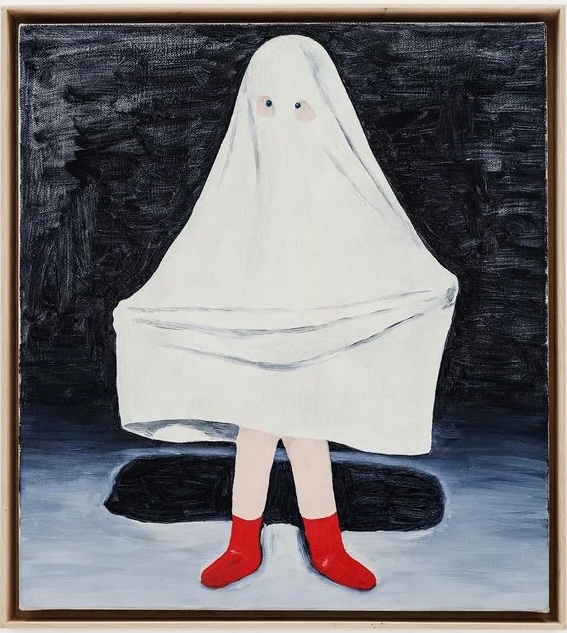
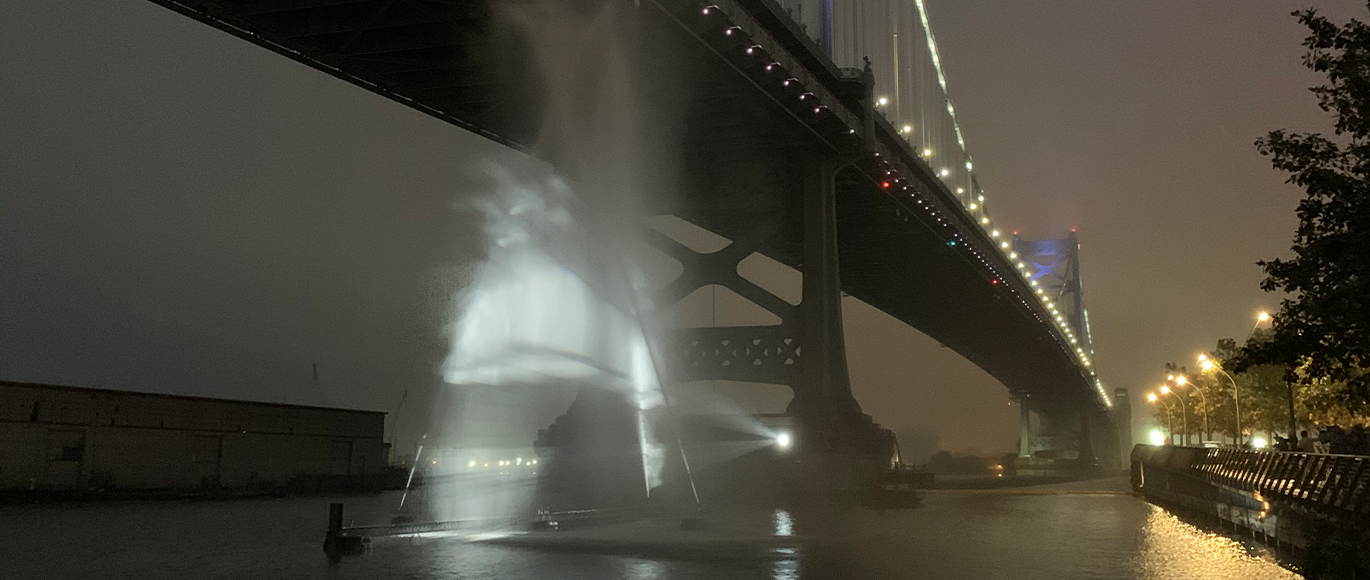





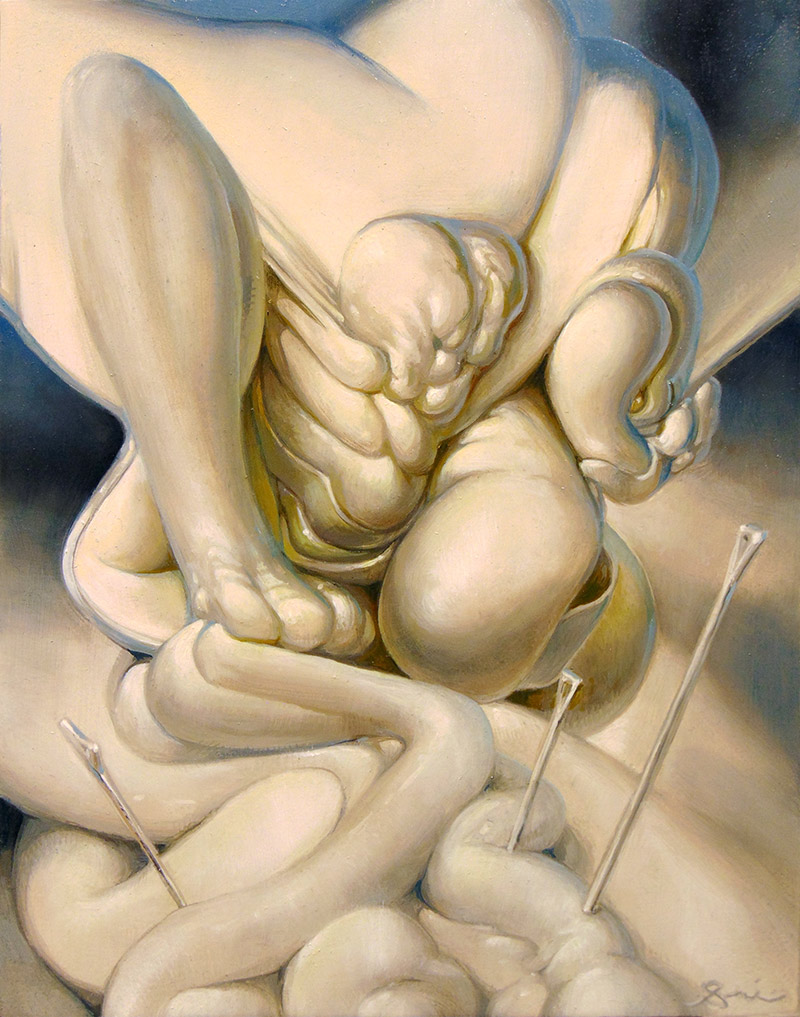


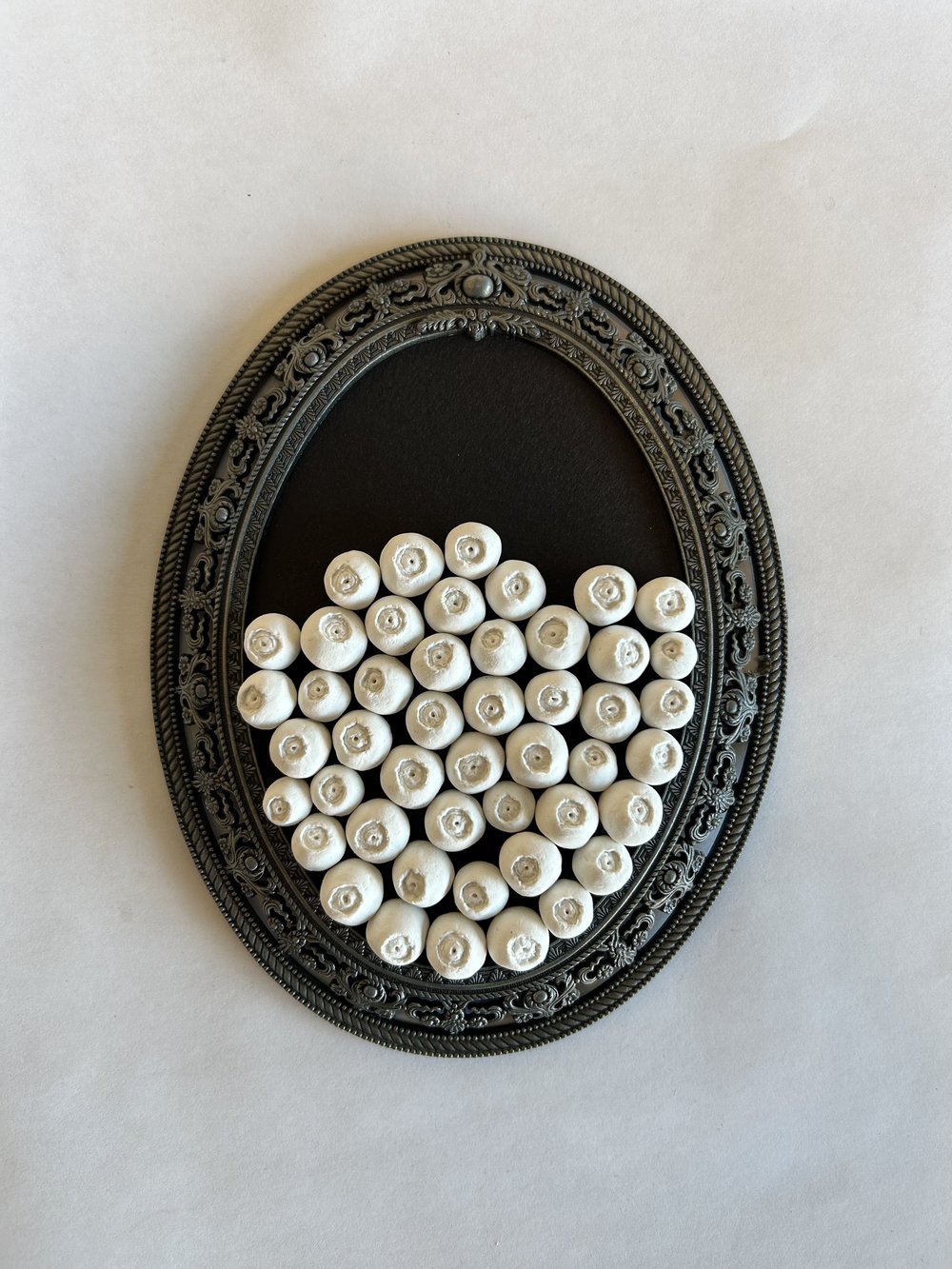
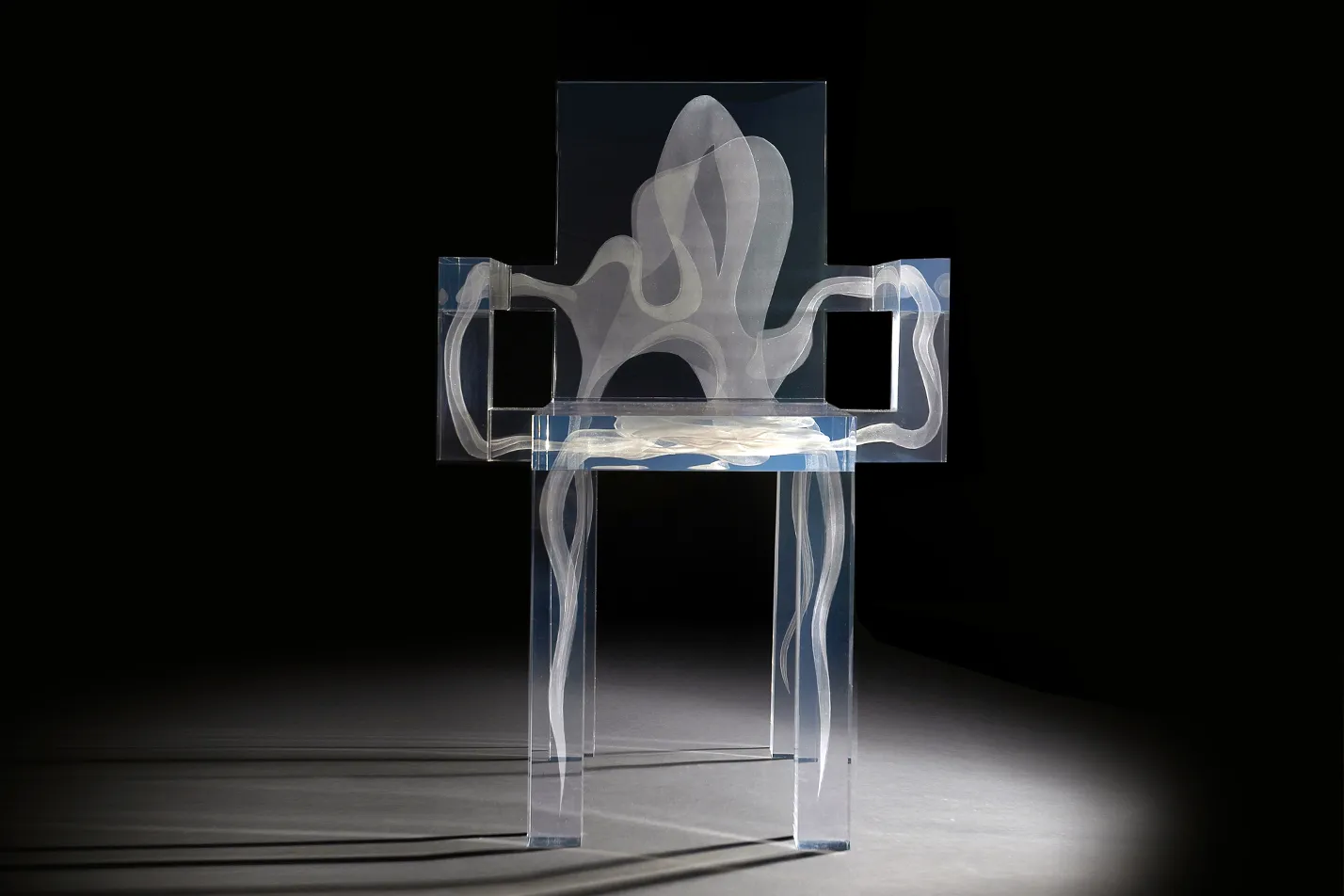

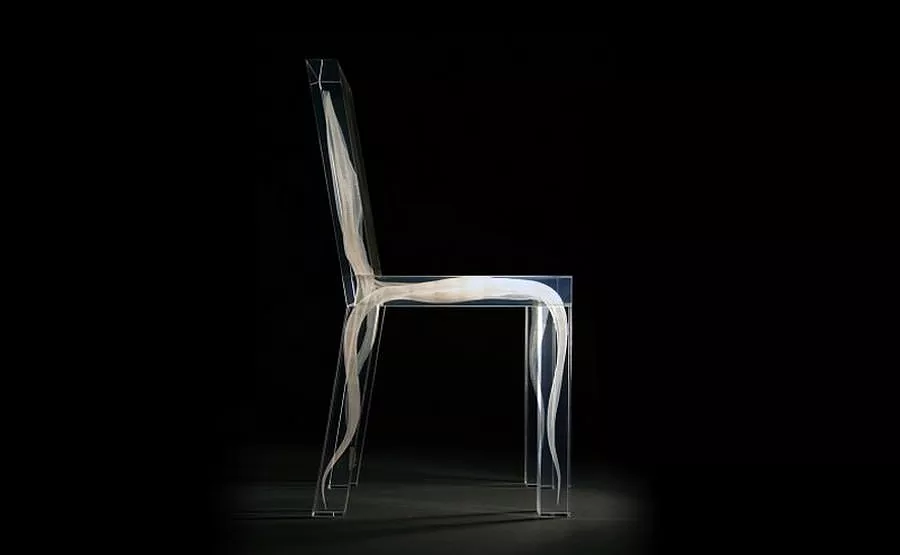
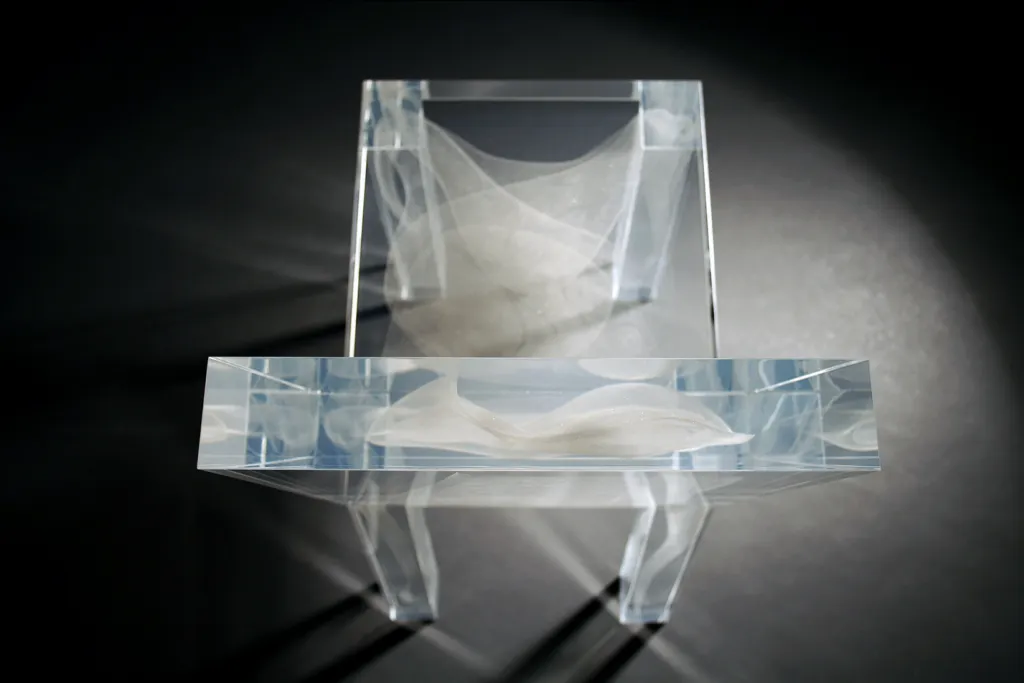
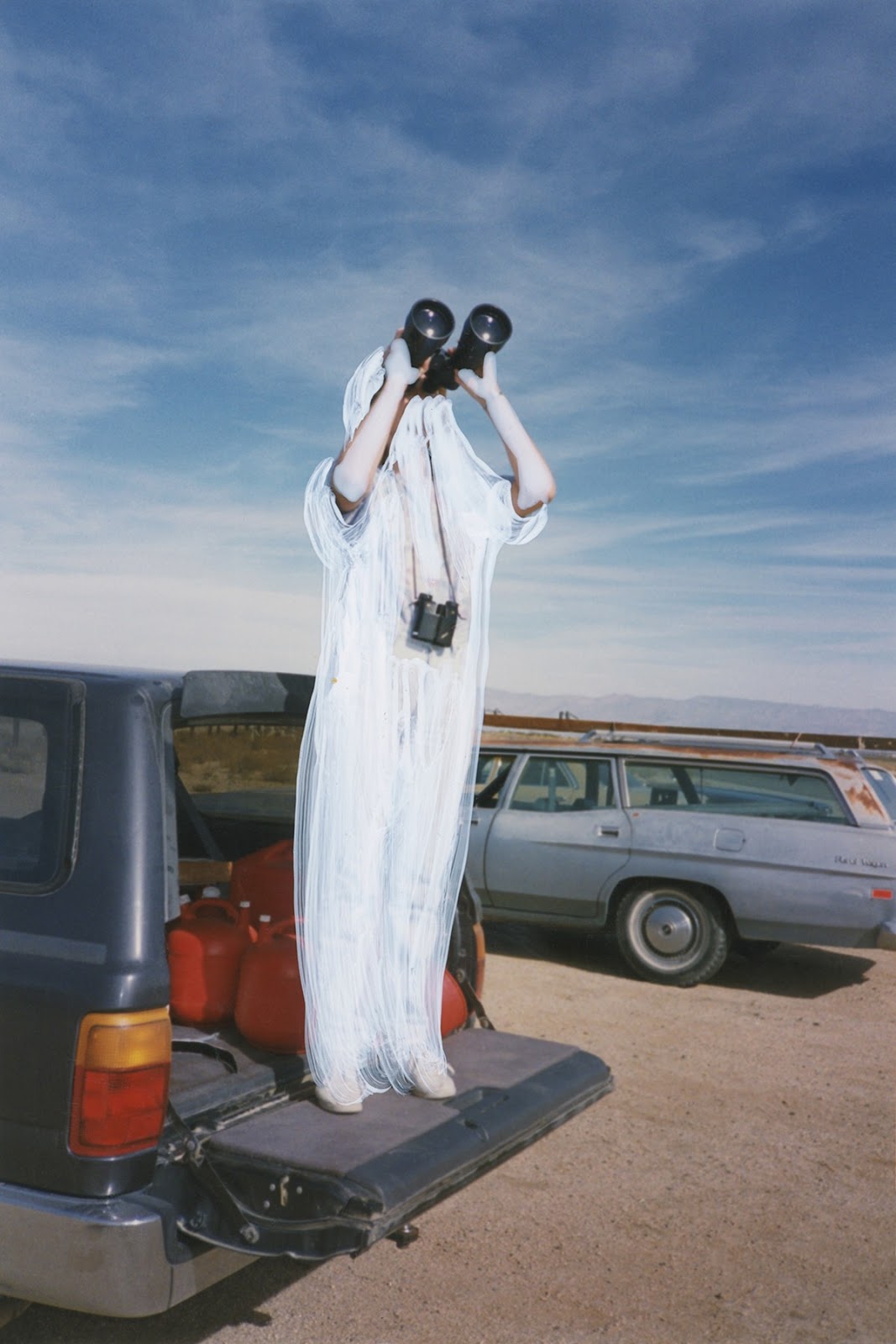
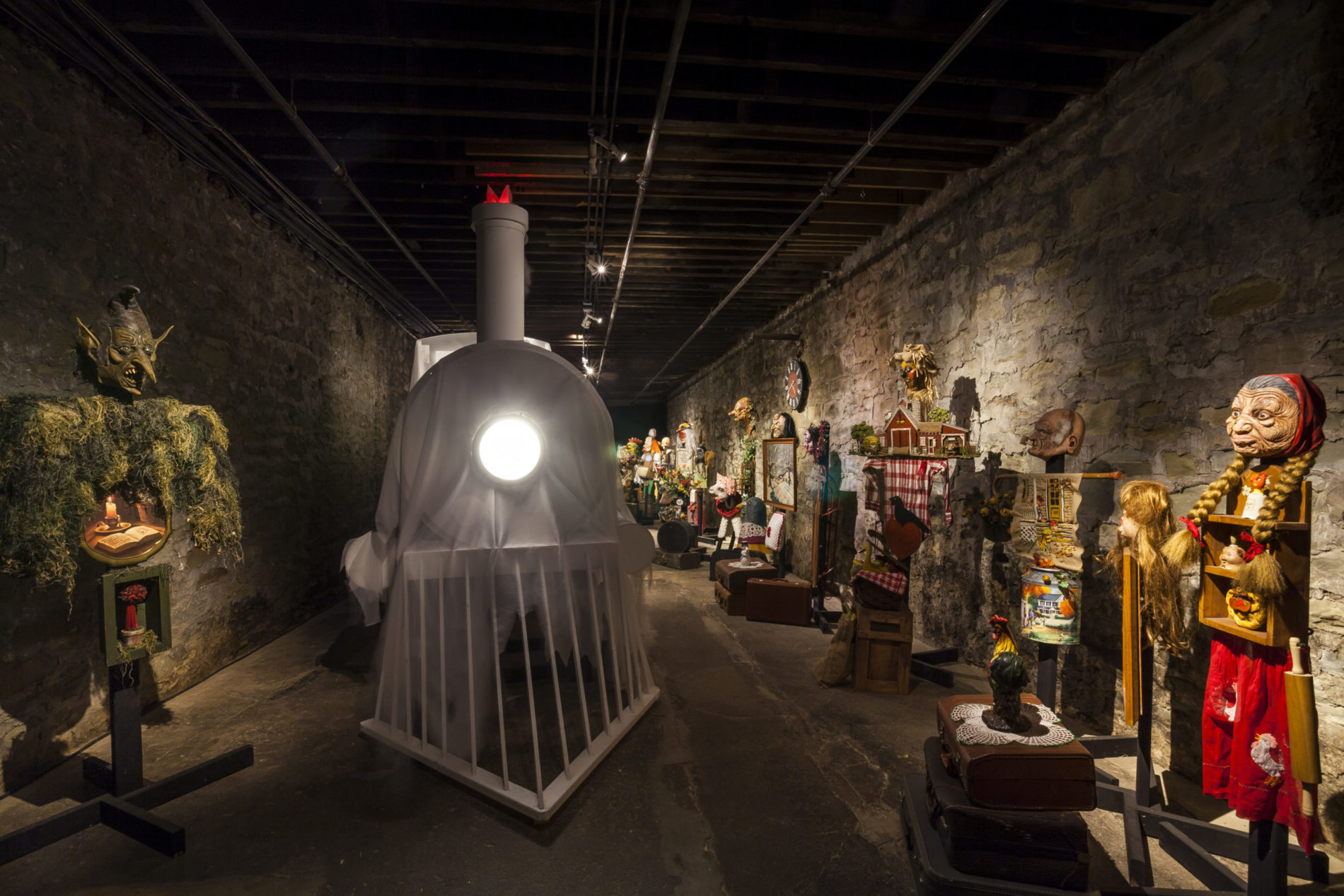
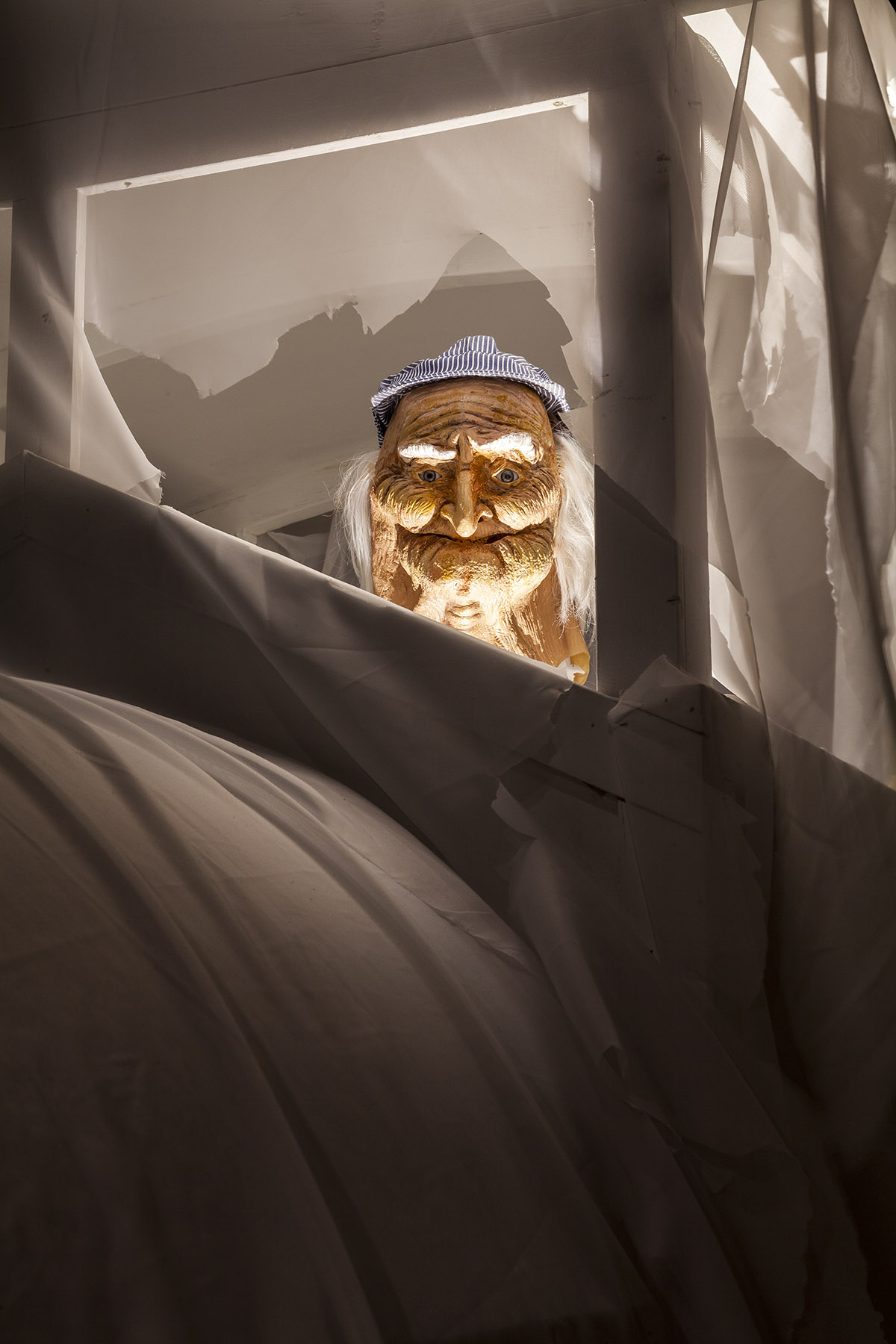

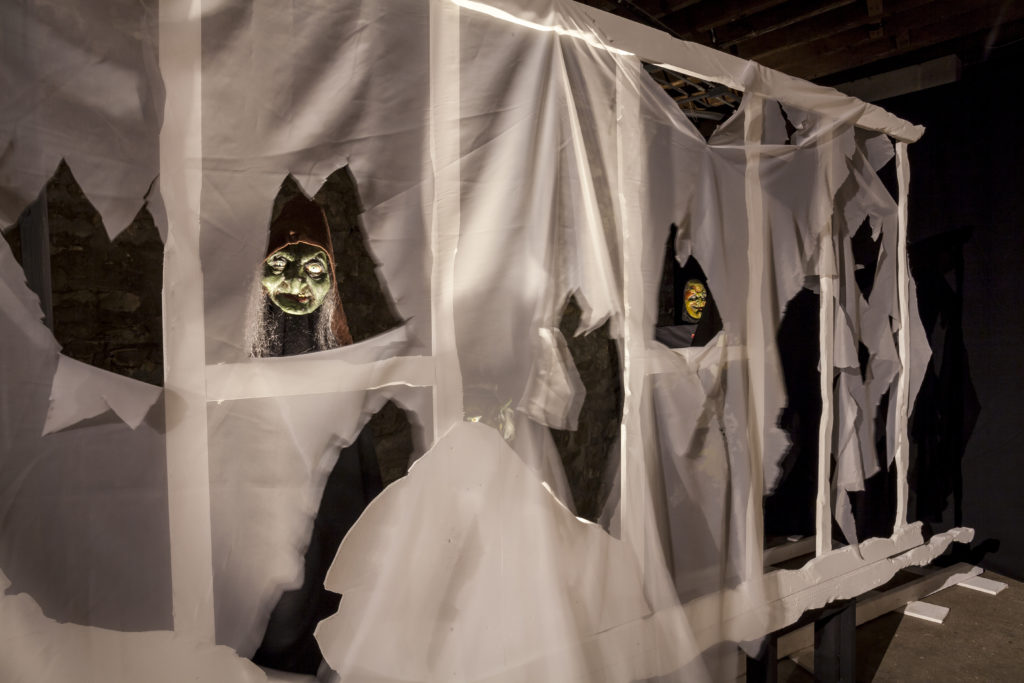

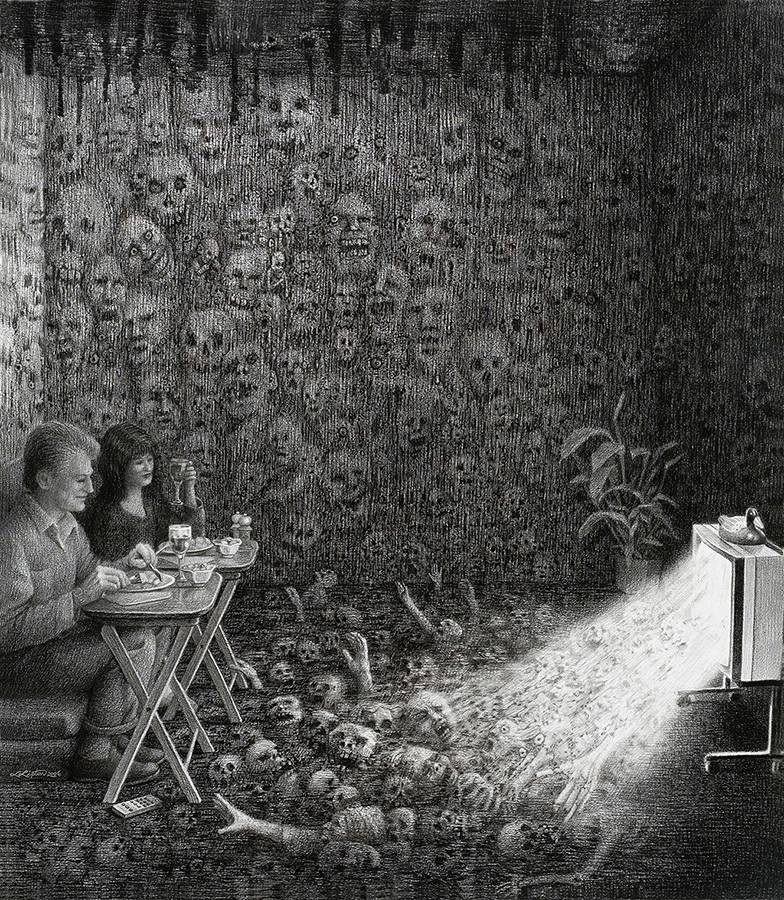



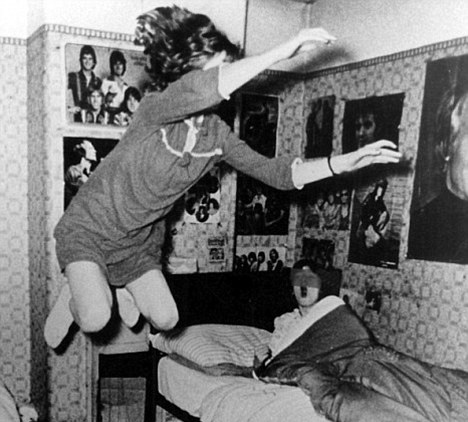
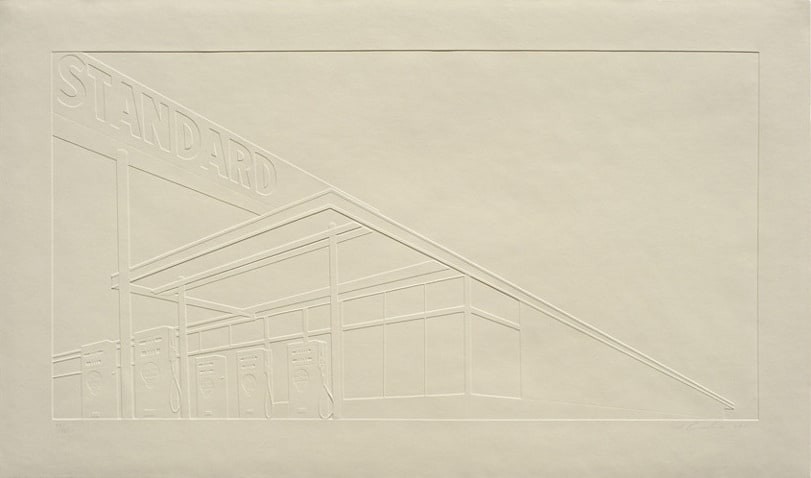






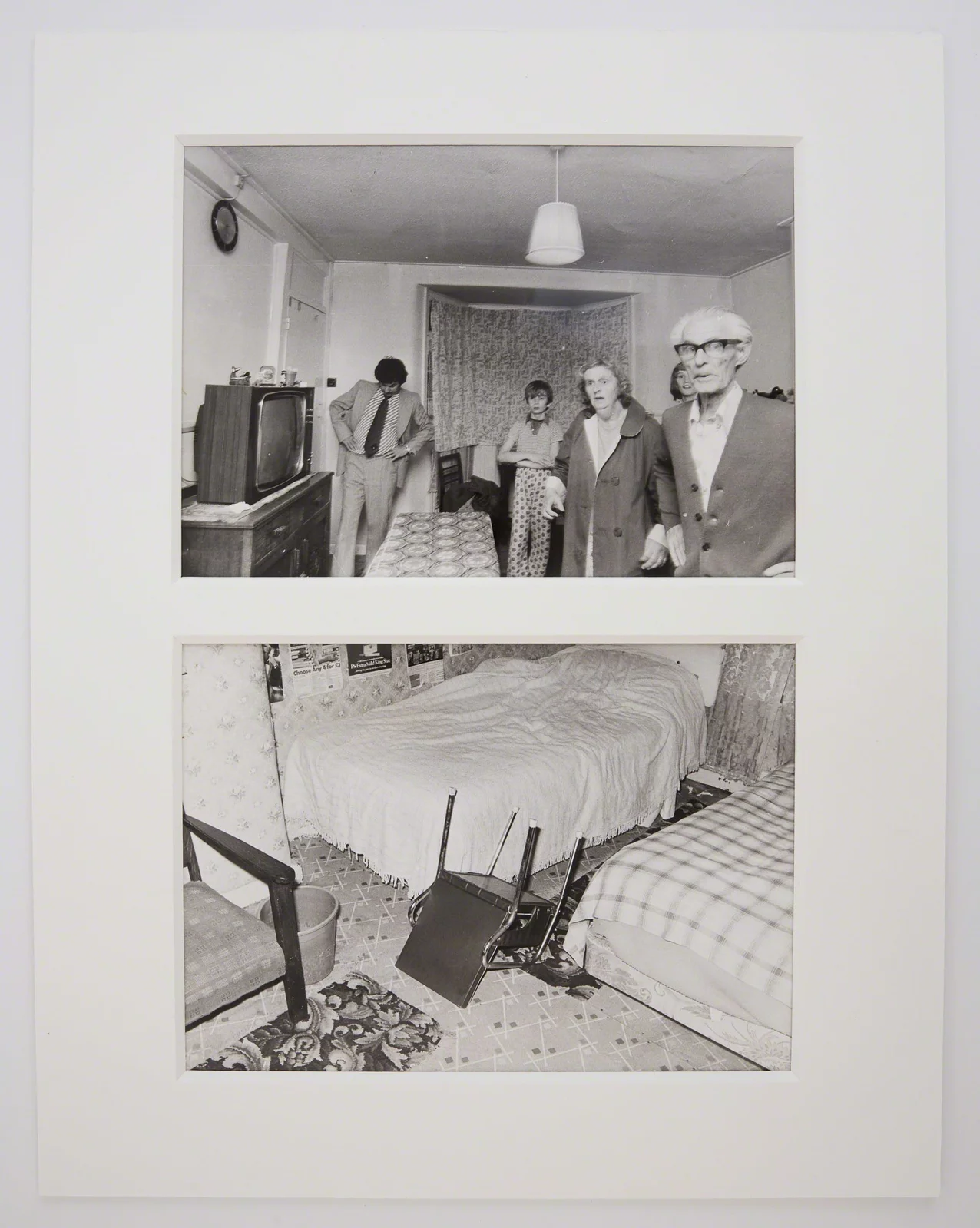
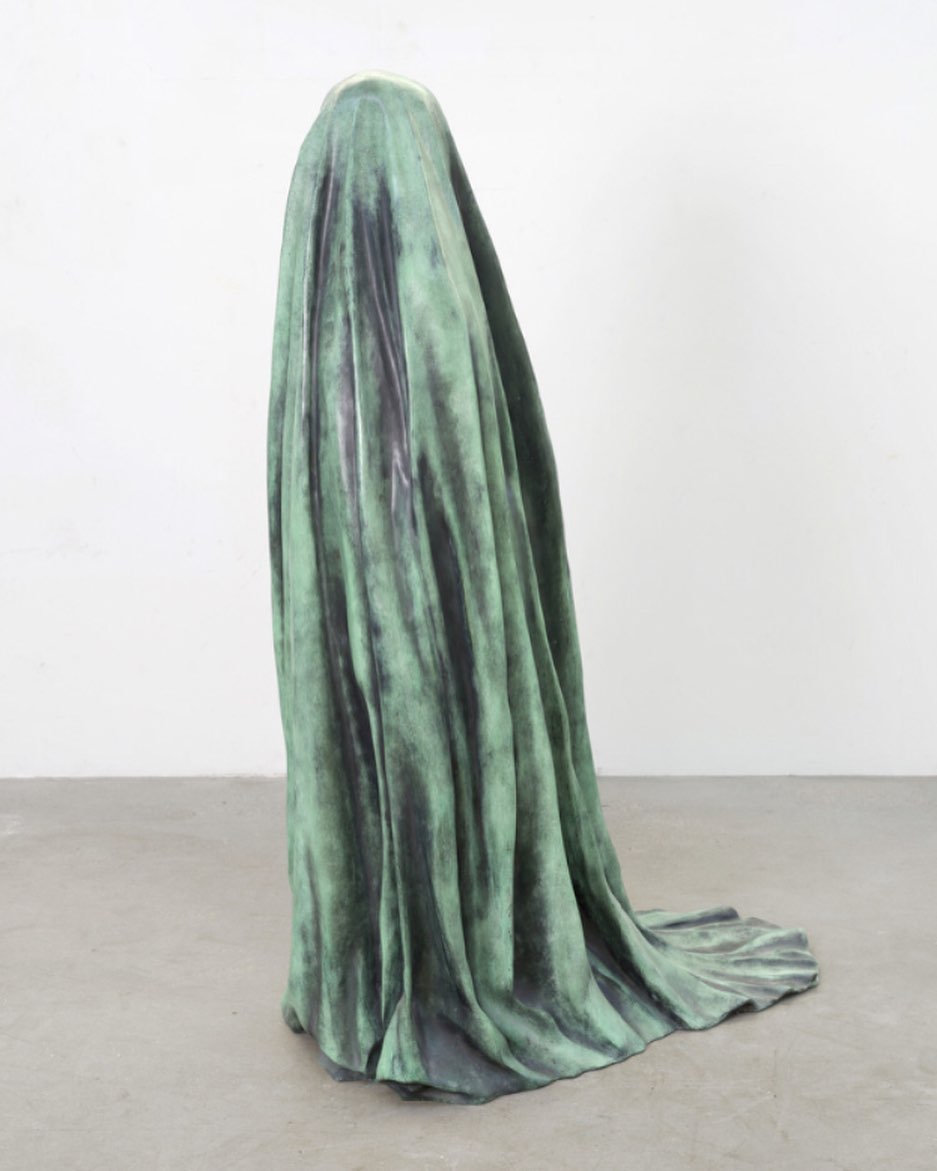
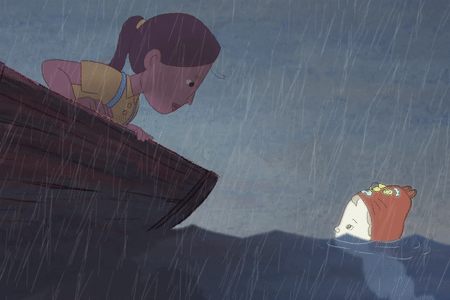
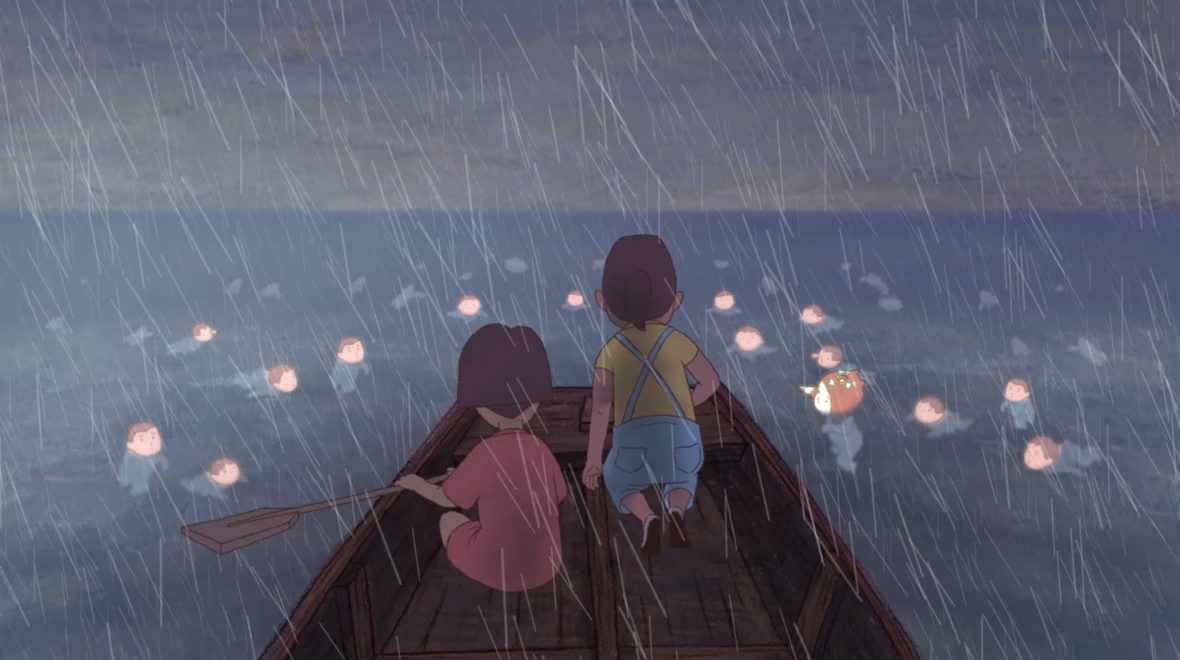
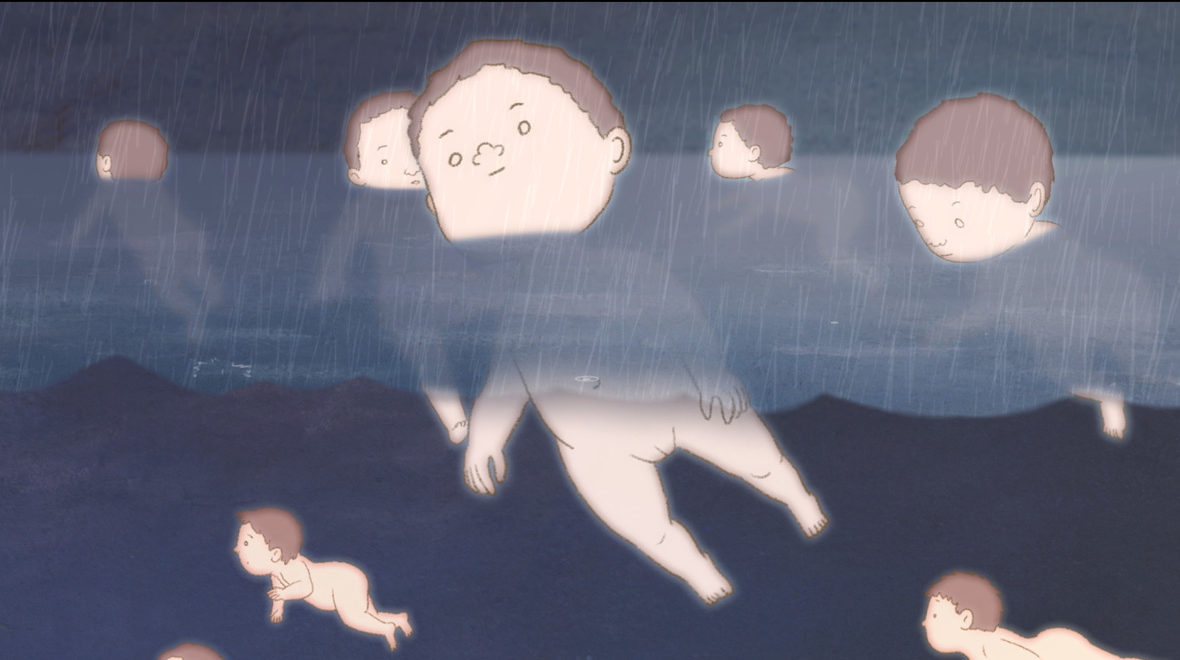
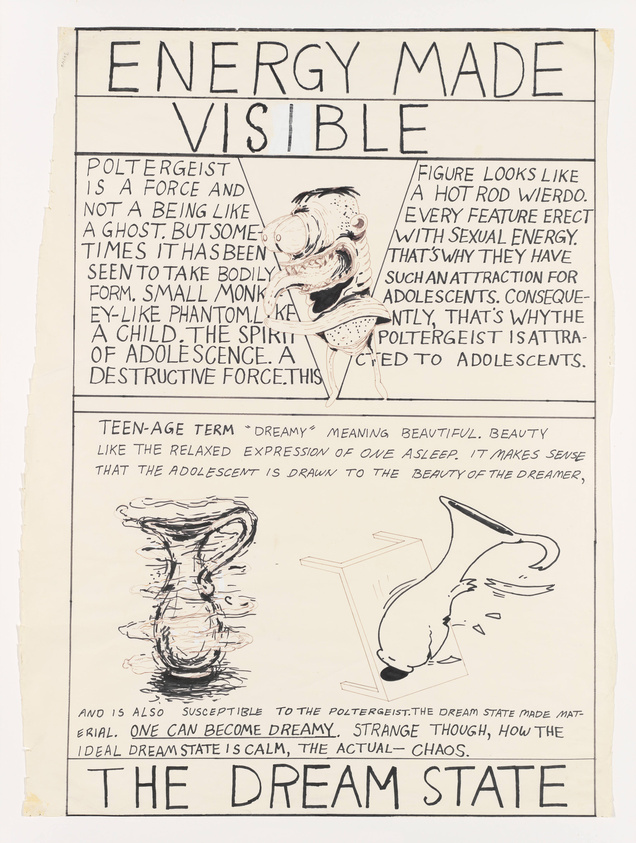
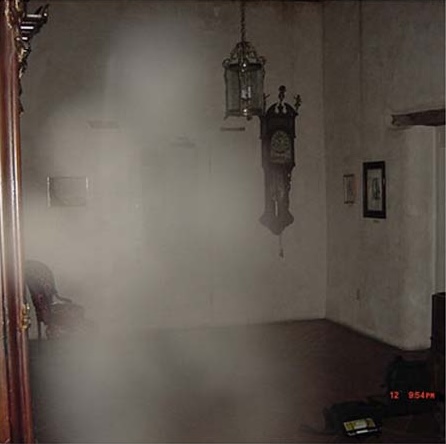
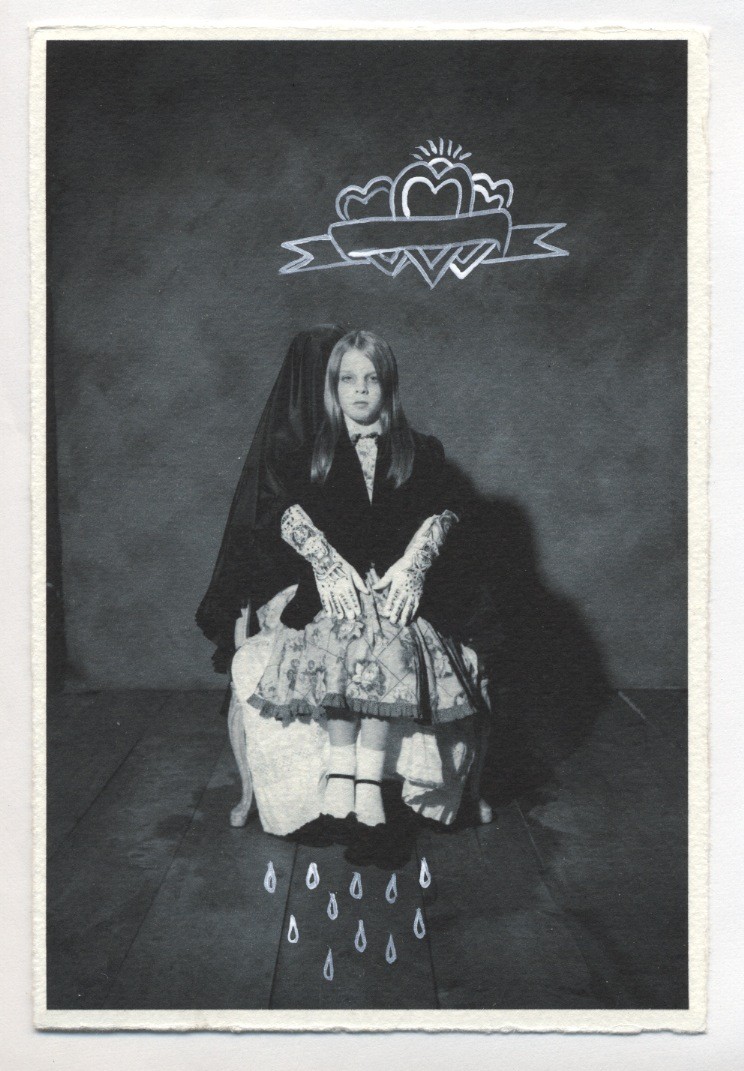
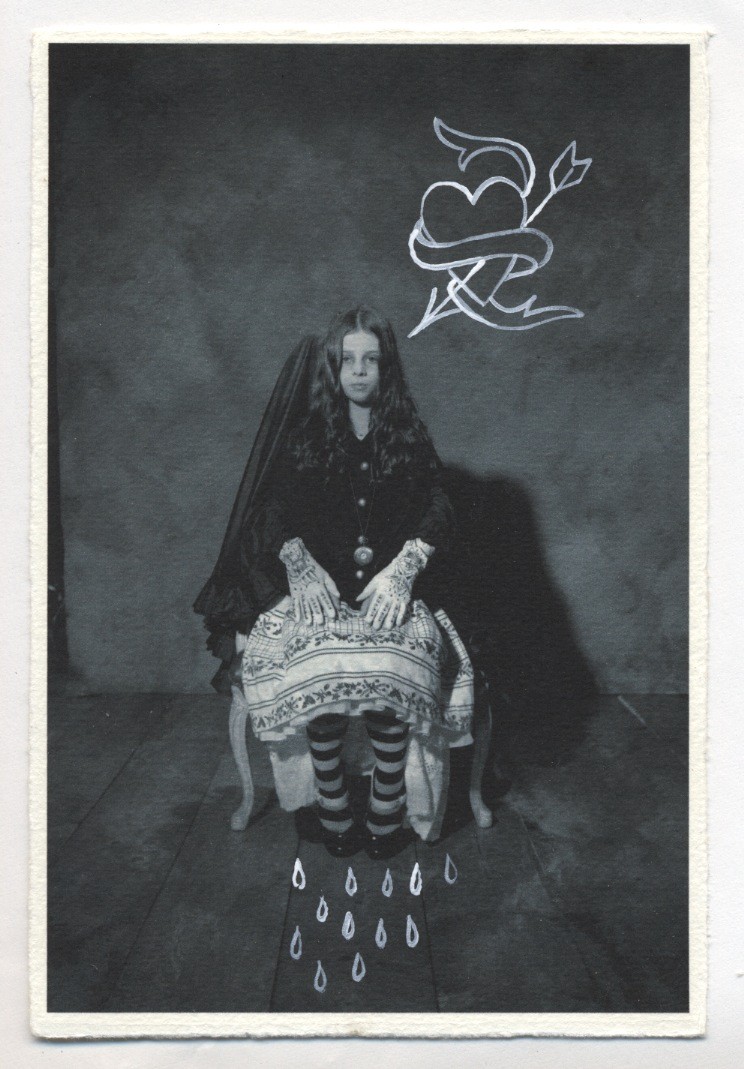
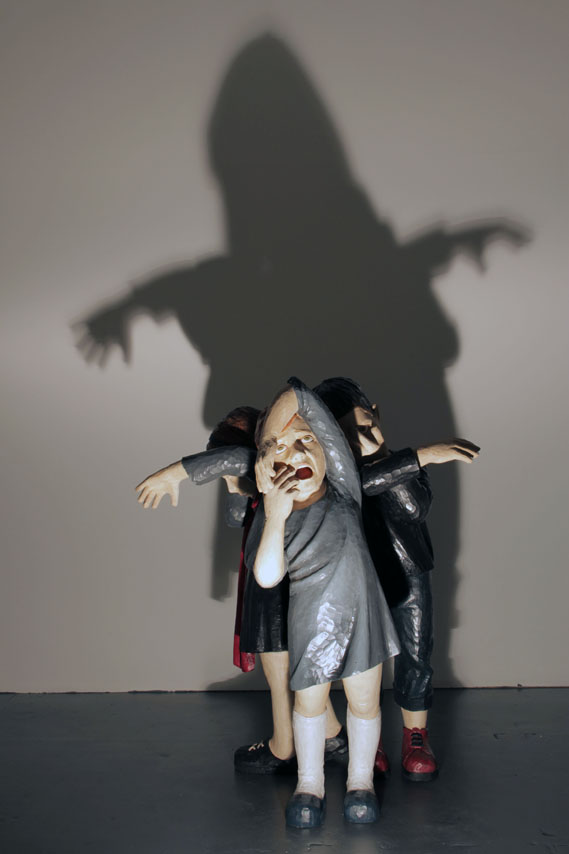

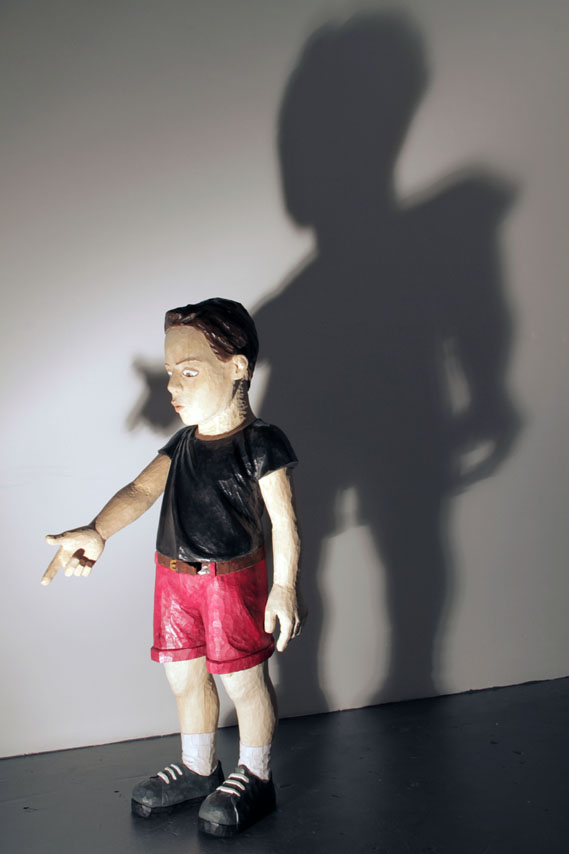

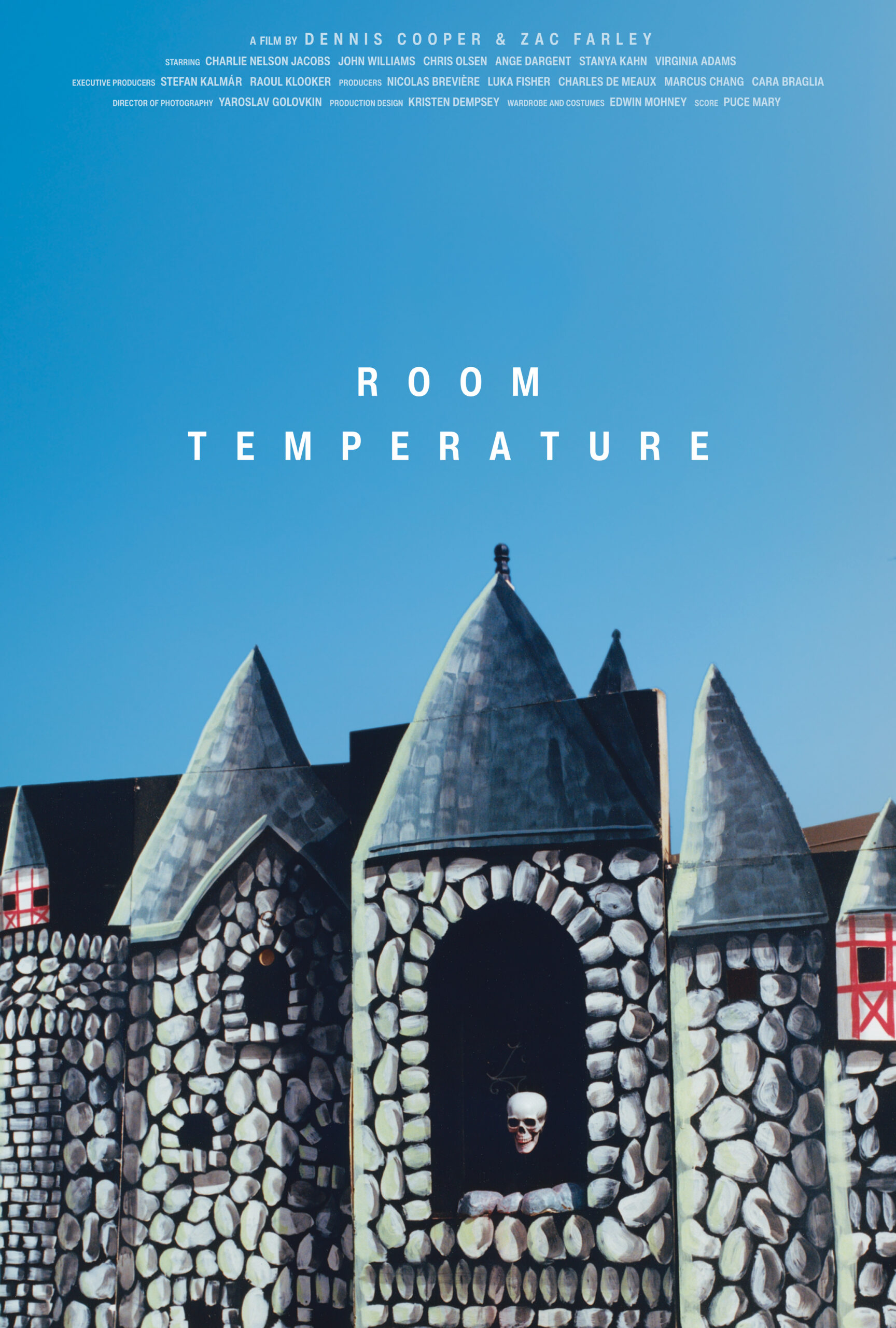



 Now available in North America
Now available in North America 